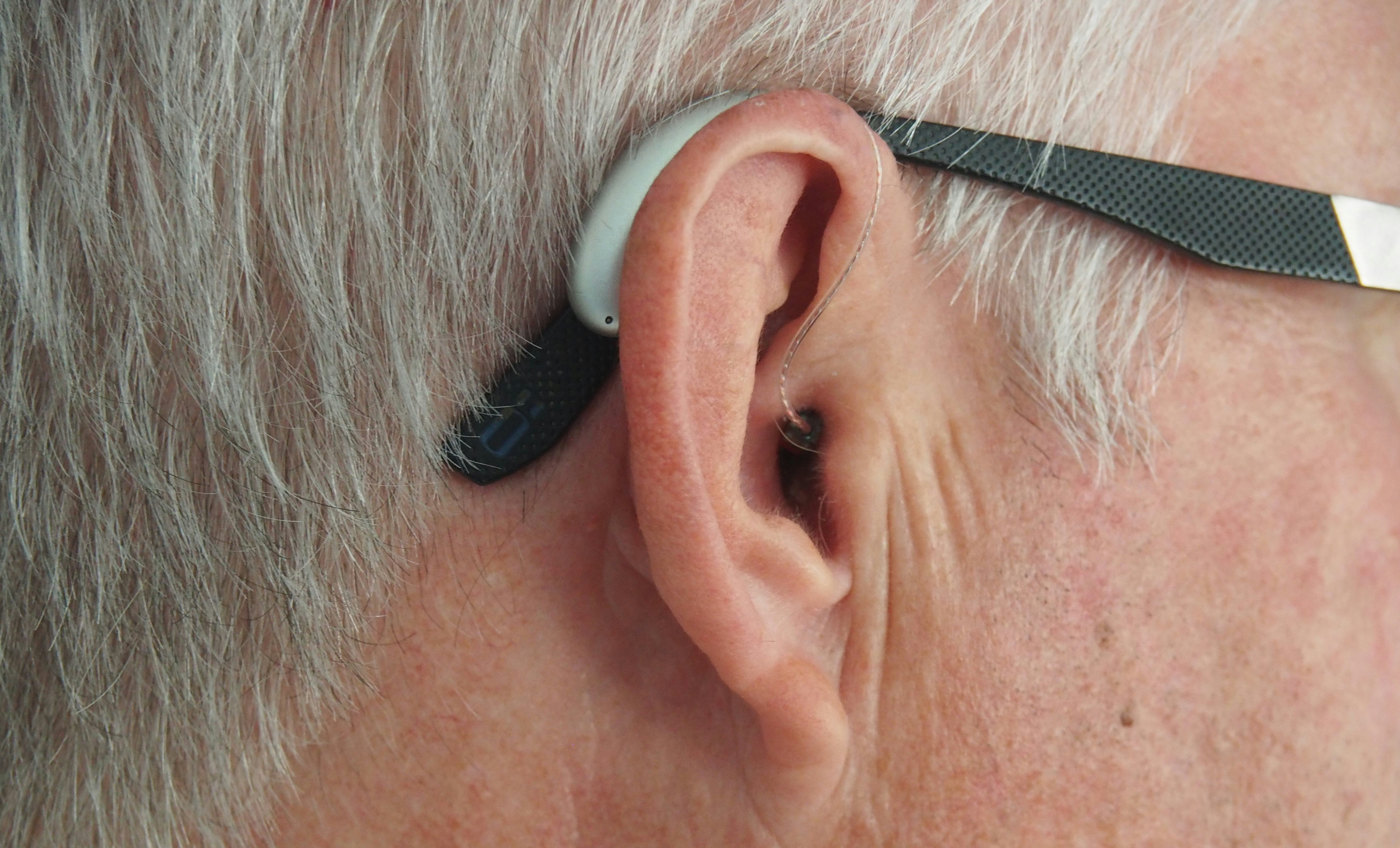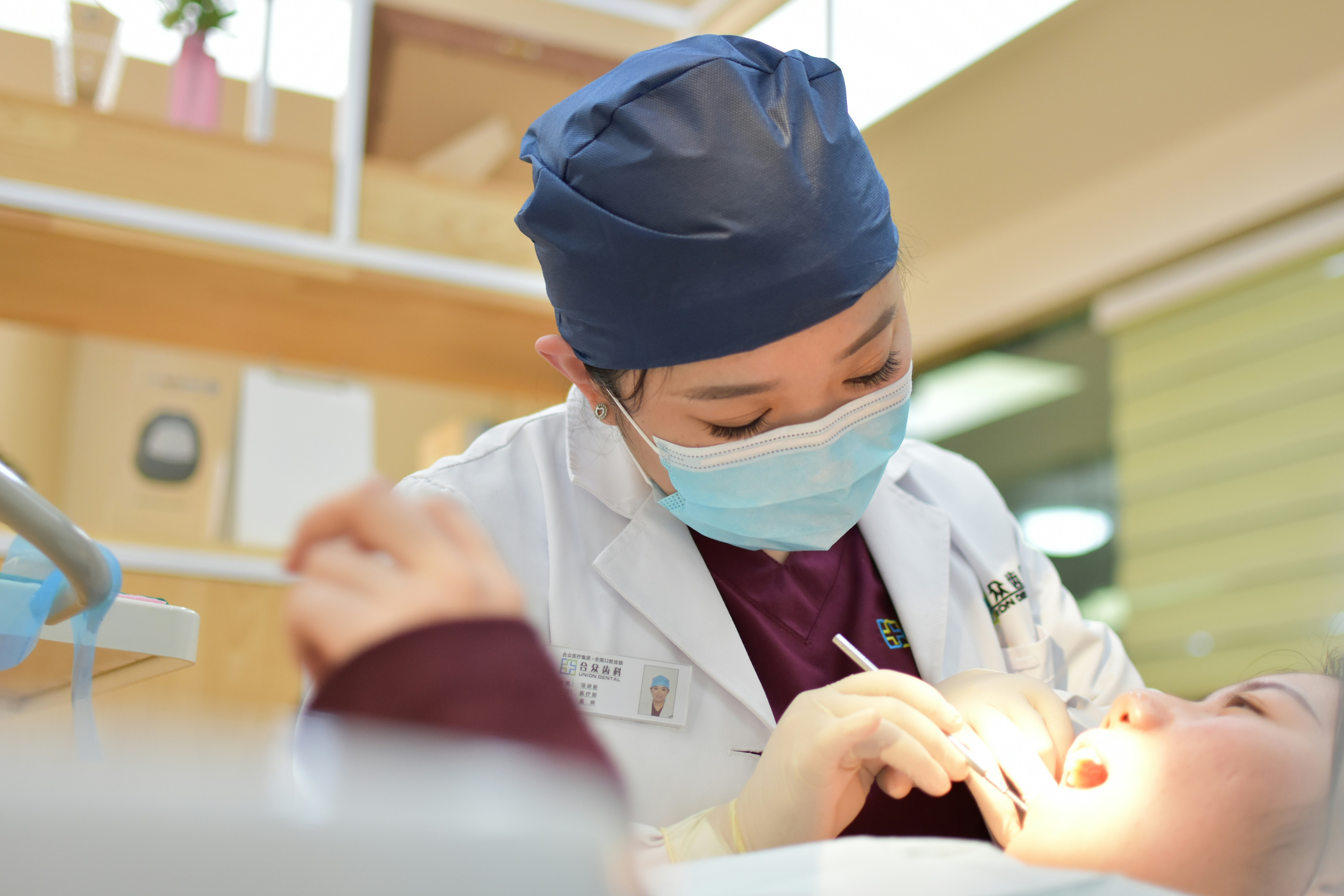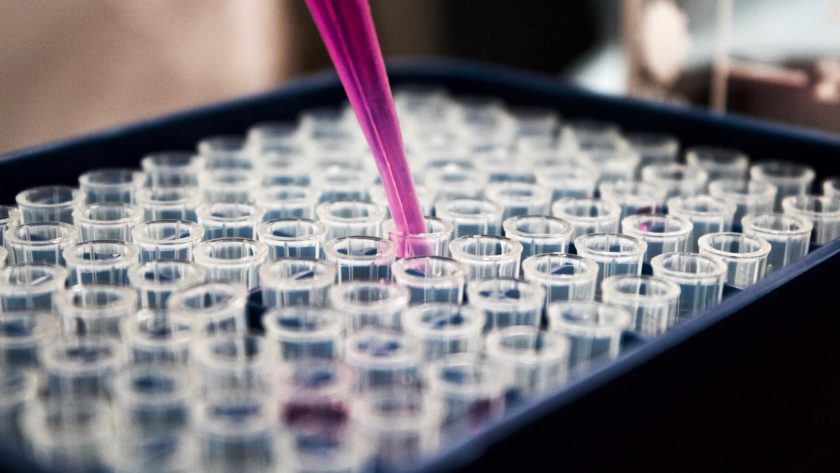From the cure for polio to the creation of antibiotics, throughout history, several scientific discoveries and medical advances have revolutionized disease treatment and enriched patients’ quality of life. These advancements have also set the stage for future innovations in research and delivery of care. From the lab to the bedside, these breakthroughs have opened up possibilities beyond what was thought was possible decades ago.
Today, medical advancements are happening every day. New technology and new understandings have led to even greater achievements. New drugs, new treatments, and better care have been the results of recent medical developments. As new illnesses such as Covid-19 emerge, scientists and doctors are driven back into the lab to do more research and dig for more breakthroughs. Let’s take a look at some of the recent medical breakthroughs and available treatments.
Mobility Issues

Each year, nearly 56 million people suffer from brain injuries, 15 million suffer from strokes, and between 250k and 500k people suffer from spinal cord injuries. The result of all of this is that these people are often left with some measure of paralysis. Scientists and doctors have experimented with numerous therapies and treatments to try and restore some mobility to these patients. One advancement is in Spinal Cord Epidural Stimulation.
Electrical stimulation runs through the spine and is paired with rehab and physical therapy sessions. A pulse generator is usually implanted to assist with the process. After several months of therapy, patients have reported being able to move lower extremities. Another advancement that has yielded results is through the use of human stem cells. Using these cells, doctors have been able to regenerate portions of the injured spinal cord. Therapy trials are still ongoing but this advancement is showing promise.
Another advancement is found in medical exoskeleton suits. An industrial exoskeleton is a wearable robotic suit that supports the shoulders, hips, and lower extremities. Equipped with sensors, these suits work with the patient to help stimulate and support movement. From stem cell therapy to bionic exoskeletons, advancements with mobility issues such as spinal cord injuries continue to emerge. Just a few years ago these patients had very little options, however, today these treatments are providing hope for a better quality of life.
Tinnitus

Current numbers show that more than 50 million Americans struggle with tinnitus. This is diagnosed as a constant or recurring ringing, buzzing, or loud noise in the ears that range from irritating to debilitating. The sound of tinnitus can be extremely difficult to deal with and can impact hearing loss.
For years, treatments have struggled to provide relief for patients who suffer from this auditory problem. While some treatments work for some, there is not a therapy that works for everyone. Current tinnitus treatments being studied include therapies that aim to mitigate away the ringing noise with tiny amounts of electricity. The idea is to minimize the activity of oversensitive brain cells that turn up the background noise. These experimental therapies deliver electromagnetic pulses to the scalp.
Current treatments endeavor to make tinnitus less annoying for the patient. Cognitive-behavioral therapy and hypnosis, for example, strive to redirect negative thoughts and emotions linked to tinnitus.
Additional sound therapy attempts to mask the noise of tinnitus. The masking sound comes from a wearable or external device for the ear and is meant to distract overactive brain cells. While a complete tinnitus remedy is on the horizon, it is not yet a reality. Audiologists offer several treatments, however, that can make it less noticeable and more manageable over time.
Brain Conditions

The brain is one of the most complex organs and controls all of the functions and processes in the body. Since the brain is so complicated and intricate, research and advancements for brain disorders can be slow. When the brain is impacted by a disorder it takes specialized care and treatment options. From brain tumors to aneurysms, brain disorders can lead to a host of problems and discomfort.
Today, neurosurgical treatment and care have advanced to give patients the best chance of surviving and overcoming brain conditions. From deep brain stimulation, catheters, and shunts, to cranial surgery, scientists have studied new ways to reprogram and relieve the brain to restore functions impacted by brain disorders. Specialists and surgeons are finding breakthroughs every day to correct numerous neurological disorders.
Scoliosis

In the past, a scoliosis diagnosis meant a lifetime of prolonged chronic pain. The deformity of the spine meant that there were few treatments to correct the issue permanently. It would ultimately lead to a diminished way of life. Scoliosis is diagnosed as an abnormal curvature of the spine. Scoliosis patients may feel little or no pain, or, depending on the amount of curve in the spine, they may feel a good bit of pain. Other problems include persistent neck pain, problems walking, uneven muscle tone, drooping shoulders, uneven hips, and a hunched posture.
In the most severe cases, a person suffering from scoliosis may also have breathing problems or reduced heart function. While treatment in the past has been invasive and occasionally ineffective, modern remedies are proving to be more successful. Today, medical advancements and new procedures mean scoliosis treatment is easier and more successful than ever. The most effective medical procedures today target, treat and seek to eliminate chronic back pain. The newer minimally invasive procedures include outpatient treatments and easier surgical treatments with small incisions and a quicker recovery time instead of a long hospital stay. Previously, scoliosis was a medical condition that was synonymous with chronic pain and few options. Thanks to advancements in medical science, it is a treatable disorder.
Orofacial Pain

Orofacial pain can refer to a variety of unpleasant physical sensations involving the muscles, bones, or joints of the face and mouth. The symptoms of orofacial pain can include, a dull or sharp pain around or behind the eyes, a constant ache deep in the jaw, clicking or locking of the jaw, persistent headaches, and pain while chewing, speaking, or swallowing. Usually, these symptoms, whether alone or in combination with others, will result in a diagnosis of orofacial pain.
There are plenty of unknown causes, however, there are many known causes of orofacial pain. Conditions such as migraine headaches, muscle spasms, missing teeth, uneven bite, TMJ pain, tooth decay, gum disease, and jaw injury are all issues that could lead to facial pain. Orofacial pain includes a broad range of categories and treatments. Because it is so varied in the ways that it affects people, it has to be evaluated and treated on a case-by-case basis. Studies and advancements have been made in this area and orofacial pain has even become a new dental specialty. While initial pain relief is, the most important factor in orofacial pain treatment, the correction of the underlying problem is of equal significance. Dentists and specialists are continually seeking to understand facial pain and develop new ways to provide patients with relief.
From robotic exoskeletons that aid movement to electrical currents for hearing issues, the medical and scientific community is continually working to help improves the lives of those who suffer from illness and injury. With chronic pain and debilitating syndromes, many patients give up any hope of ever feeling better.
Clinical trials, advanced studies, and new treatments, however, are leading the way to pain relief. From antibiotics to bionic robots, medical science has advanced greatly over the years. With so much technology and innovation, there is no telling what could be on the horizon for scientists and doctors in the future.



